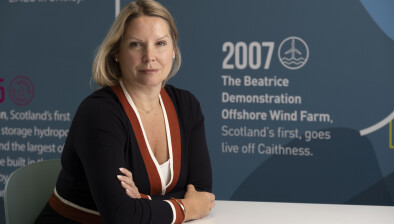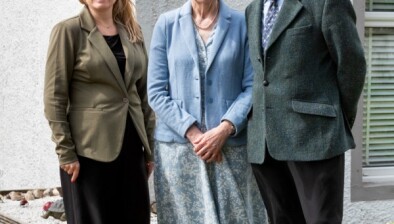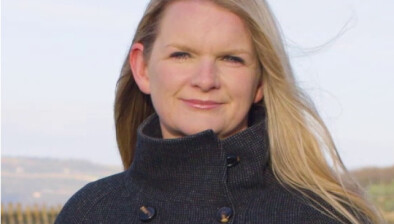Scotland’s ‘love affair’ with solar power at risk
 Inverurie has been named as Scotland’s solar capital as new figures reveal the nation’s love affair with home-grown energy for the first time.
Inverurie has been named as Scotland’s solar capital as new figures reveal the nation’s love affair with home-grown energy for the first time.
Figures from industry body Scottish Renewables and Scotland’s Rural College show that around 42,000 solar schemes (equivalent to around 660,000 250W solar panels), 2,557 small wind projects, 204 hydro-electric schemes and three anaerobic digesters, which turn waste into gas, are powering Scotland’s homes, businesses and community buildings.
The data shows:
However, Scottish Renewables has warned that new small renewables projects face an uncertain future, with the Department of Energy and Climate Change (DECC) set to report on expected cuts in mid-September, and a wholesale review of the Feed-in Tariff, thorough which they are supported, set to start in days.
Small-scale electricity-generating renewables are generally defined as those eligible to claim the UK government’s Feed-in Tariff. They typically provide enough power for a home or business, but can be as large as 5MW – the equivalent of a hydroelectric scheme which can power around 3,400 homes.
Stephanie Clark, policy manager at Scottish Renewables, told how the Feed-in Tariff scheme already looks set to be slashed – and how an upcoming review could see huge cuts to support across all technologies, or remove support altogether.
She said: “The figures demonstrate the extent of our love affair with small-scale renewables, but the current level of change and uncertainty is already punishing the sector.
“Without the FiT scheme thousands of homes and businesses would not have access to the affordable, clean electricity which has allowed them to stabilise their energy bills while reducing the amount of carbon emitted because of their energy use.
“Small-scale renewables can continue to thrive in the UK, but the sector urgently needs confirmation that it has the backing of the government.”
Jamie Hepburn, the Scottish Government’s minister for sport, health improvement and mental health, told how the figures for Glasgow’s G40 postcode show the “positive legacy” of the Commonwealth Games.
He said: “We always intended the 2014 Commonwealth Games to be the greenest in the history of the movement.
“These figures show more small scale renewables in the G40 post code than anywhere else in Scotland, and it seems likely that the new buildings put up for the Commonwealth Games have contributed to that. This is just one of the many examples of the positive legacy of the Games.”

















